Loan Program Options
"Conventional mortgage" or "conventional loan" is a term you'll always encounter when shopping for a mortgage. After all, this common mortgage type is provided by most lenders.
What is a Conventional Home Loan?
A Conventional Home Loan is a mortgage not backed by a government agency like the FHA, VA, or USDA. Instead, these loans are offered by private lenders, banks, and credit unions and are typically the most common type of mortgage used by homebuyers. Conventional loans can be conforming (meeting Fannie Mae and Freddie Mac guidelines) or non-conforming (for borrowers needing more flexibility).
Why consider a Conventional Home Loan?
Conventional loans provide versatility and competitive interest rates, making them an attractive option for many borrowers. Key benefits include:
Low down payment options: Borrowers can qualify with as little as 3% down on some conventional loan programs.
No upfront mortgage insurance: Unlike FHA loans, no upfront mortgage insurance premium (MIP) is required.
Mortgage insurance removal: Private mortgage insurance (PMI) can be canceled once you reach 20% home equity.
Flexible loan terms: Borrowers can choose from various loan terms, including 15, 20, and 30 years, with fixed or adjustable-rate options.
Higher loan limits than government-backed loans: Conventional loans allow higher borrowing limits, making them ideal for a wider range of buyers.
Conventional mortgages are perfect for borrowers with good credit and steady income, offering cost-saving benefits and flexible loan structures.
Conventional Loan Requirements and Options
Conventional loans come with various eligibility requirements and loan structures, allowing borrowers to choose the best mortgage for their needs.
Conventional Loan Eligibility
To qualify for a conventional loan, borrowers typically need:
- A credit score of 620 or higher (though higher scores qualify for better interest rates).
- A debt-to-income (DTI) ratio below 45% (some lenders allow higher ratios with strong compensating factors).
- A down payment as low as 3% for first-time buyers or 5% for repeat buyers.
- Stable income and employment history to demonstrate financial stability.
Conforming vs. Non-Conforming Loans
Conventional loans are classified into two categories:
Conforming Loans: Meet the guidelines set by Fannie Mae and Freddie Mac, including loan limits of $766,550 in most areas (higher limits in high-cost regions).
Non-Conforming Loans: Also known as jumbo loans, these exceed conforming loan limits and may have stricter requirements.
Fixed vs. Adjustable-Rate Conventional Loans
Borrowers can select from fixed or adjustable-rate mortgages (ARMs) based on their financial goals:
Fixed-Rate Conventional Loans: Offer predictable payments for the life of the loan, making them ideal for buyers seeking stability.
Adjustable-Rate Conventional Loans (ARMs): Start with a lower introductory rate before adjusting periodically, suitable for buyers planning to sell or refinance before rate adjustments occur.
Who Should Consider a Conventional Loan?
Conventional loans are a great option for:
- Homebuyers with strong credit and stable income looking for low-cost mortgage options.
- Buyers seeking flexibility in loan terms, down payments, and property types.
- Borrowers who want to remove PMI once they reach 20% home equity.
- With competitive interest rates, flexible repayment options, and higher loan limits, conventional loans remain one of the most popular and cost-effective mortgage options for homebuyers.
Your Goals. Your Home. Your Brightside.
Home financing should feel empowering, not overwhelming. At Brightside Mortgage, we’re committed to helping you achieve homeownership with confidence, clarity, and peace of mind. Let’s turn your homeownership dreams into reality—together.

